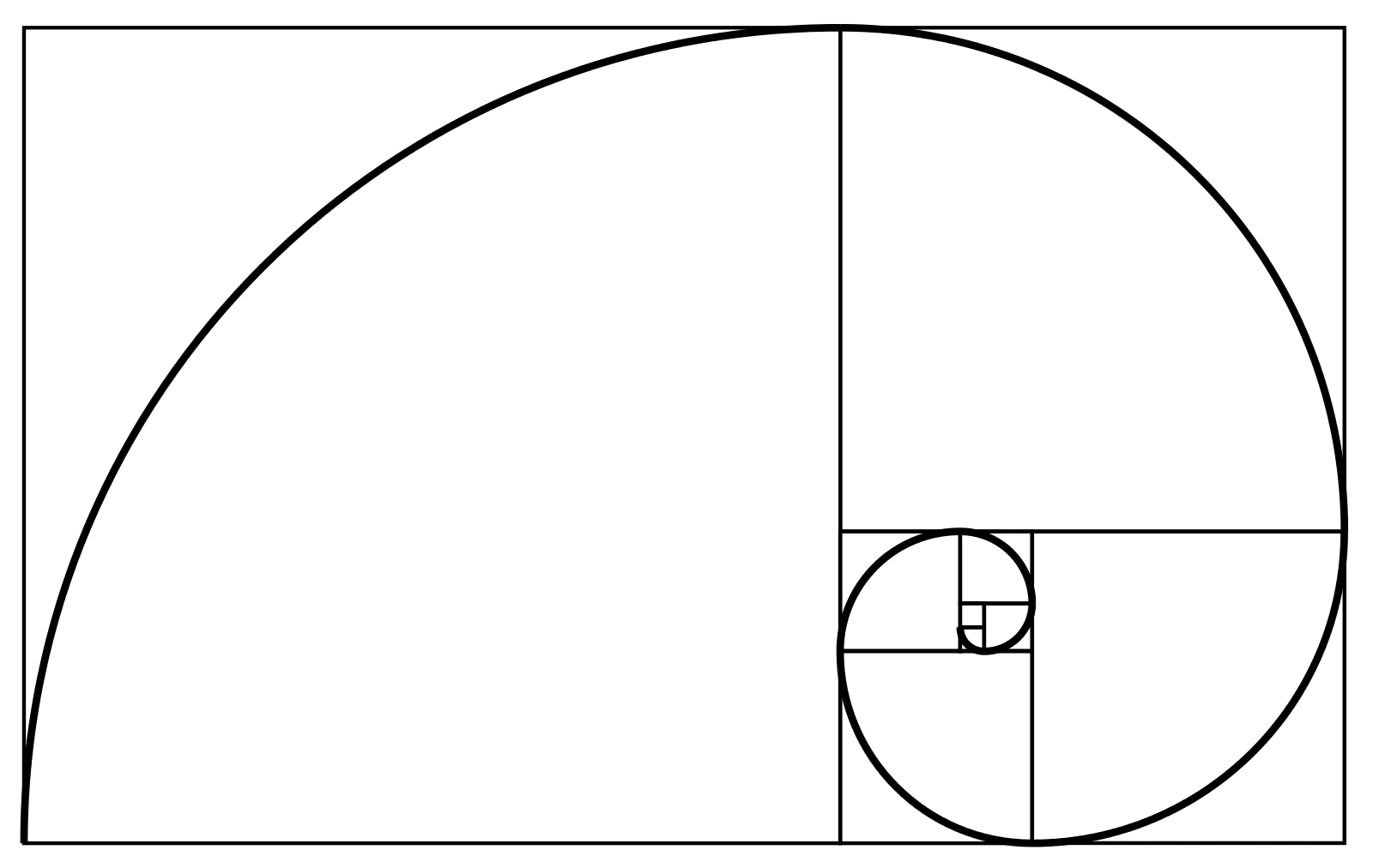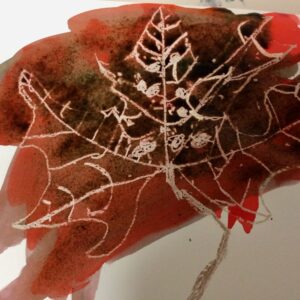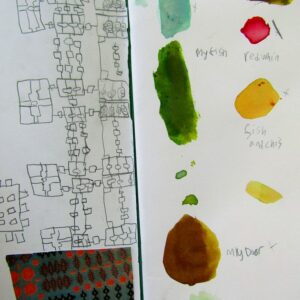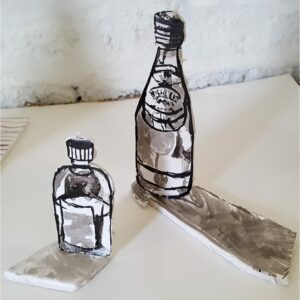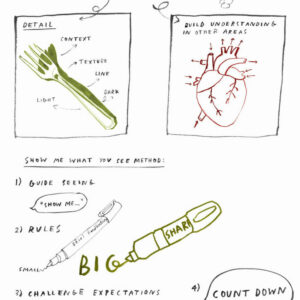Composition is the arrangement of different elements in a piece of artwork.
As well as positioning, elements like shapes, lines and colours can have an impact on composition.
Composition addresses the relationship between these different elements. Some artists aim to create a balanced composition in their artwork whilst others may choose to bring things to the viewers attention by creating imbalance.
Why is Composition Important?
Whether it is a painting, drawing, photograph, print or even a piece of sculpture, the way the elements are arranged impact upon how we respond to the piece of art. The artist might be trying to convey an emotion, or communicate a message, and artists use tools they have through composition to help sell those “messages”.
Throughout history, composition can be seen as an indication of the period or artistic movements that a piece of art has been created in.
Focal Point
The focal point is the area of the artwork which your eye is drawn to. The artist might use placement to draw your eye to an object (i.e. where the object is on the page), or they might use colour or value to draw your eye in.
How goes the artist draw your eye to a focal point in the illustration below?
Interior of the Temple of Aboo Simbel Nubia illustration by David Roberts (1796–1864)
What is the focal point for you in the paintings below? You might have a different focal point to your friends, or you might even have more than one? Where are your eyes drawn?
Little Girl in a Blue Armchair (1878) by Mary Cassatt.
Johannes Vermeer’s The Lacemaker (ca.1669–1671)
Balance / Imbalance
Sometimes the elements of an artwork lend to a sense of calm. This is usually because the artist has intentionally balanced colours, shapes and values.
In other artwork the artist deliberately makes us feel uneasy by throwing us off balance, by creating a sense of chaos…
Improvisation 35 (1914) Wassily Kandinsky
Rule of Thirds
Sometimes artists divide rectangles into a grid of 9 – 3 rows and 3 columns.
When working with landscape for example, artists might choose to place the horizon along one of the grid lines.
Jalais Hill, Pontoise (1867) by Camille Pissarro.
Golden Ratio
The Golden Ratio is a spiral and it can be found in nature and art.
Can you spot how the Golden Ratio is used in the “Katsushika Hokusai’s The Great Wave” above?
Classical Composition
Within the classic tradition, artists would create a sense of balance by arranging elements in geometric shapes such as triangular compositions.
Foxhound (1760) painting in high resolution by George Stubbs. Original from The Yale University Art Gallery.
Questions to Ask Children
What can you see in the foreground/background of the painting?
How do the colours vary from the foreground to the background? Why do you think these choices were made by the artist?
Where is your eye drawn to in this painting? What do you see next?
Can you see any triangles in the composition?
Symmetry
Can you see how symmetry has been used in the still life below by by Camille Pissarro?
How does this image make you feel?
Think about the colours AND the shapes, and where they are placed.
Still Life with Apples and Pitcher (1872) by Camille Pissarro
Abstract Art
Art movements such as cubism and abstraction redefined the rules of composition.
Artists such as Jackson Pollock opted for ‘allover composition’ which considers using the whole canvas instead of top, bottom and centre.
Watch from moment 2:29 to find out how ‘allover’ painting differed to more classic painting styles.
Questions to Ask Children
How does this vary to the classical way of painting?
Can you see a foreground or background?
Which part of the painting is your eye drawn to first? Where does it travel to after?
Which style of composition do you prefer and why?





